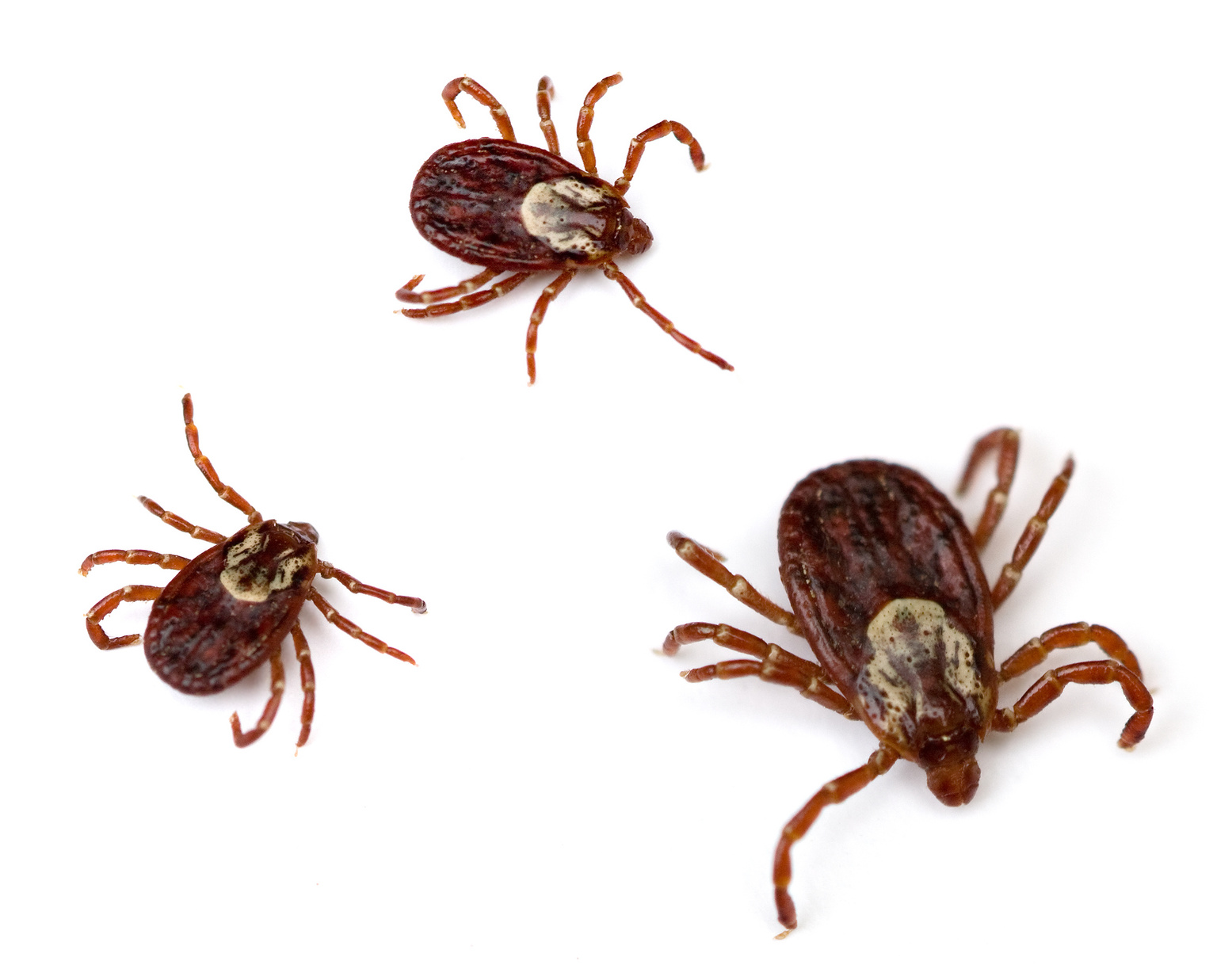Now that the nice weather is upon us and we start to enjoy the great outdoors, we need to be more cognizant of preventing the health risks associated with tick bites. While ticks are most often found in woody areas or where the meadow grass tends to be rather high, the fact is that they can be found anywhere in our yards. Given their relatively low height and propensity to wander into less “manicured” pastured areas, pets are especially prone to attracting ticks for a free ride into your home. While most ticks do not carry diseases, such as Lyme’s, it is still important to remove a tick as soon as possible to help prevent burrowing under the skin or getting a potential infection.
It is always a good idea to have a pair of fine-tipped tweezers at your disposal for tick removal. Once you have identified that a tick has attached itself to you, grab the pest as close to the mouth as you can. This will be relatively easy to spot, as it will be the part of the insect that is stuck in your skin. Grabbing the tick around its swollen belly is not advisable, as you might be push toxins into your body and you may risk not pulling the whole body out of you. Once you have grabbed hold of the tick by the head, gently pull the tick straight out. When doing this be sure not to twist the tick, as that may break the head off of the body, which can lead to further problems such as infection.
Once the tick has been removed, flush it down the toilet and be sure to wash the affected area with warm water and soap. Ticks are out there so it is very difficult to avoid them altogether, but if you are planning on walking or working in an area prone to ticks, be sure to wear long sleeves and pants to prevent these pesky critters from attaching to your skin.


